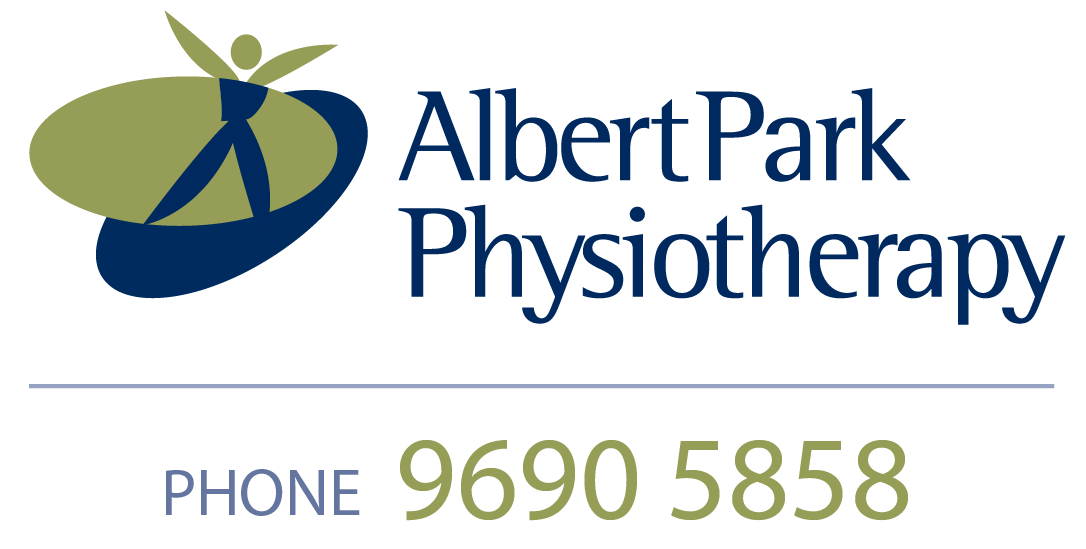What are headaches and migraines?
Headaches and migraines are terms used to describe pain felt in the face, head or upper neck. There are literally hundreds of different diagnoses for headaches/migraines e.g. tension type headaches, migraine with/without aura; however many headaches and migraines are along the one continuum (1).
How common are headaches/migraines?
According to extrapolated figures, up to three million people suffer from migraine and up to seven million suffer from tension-type headaches in Australia (2). Nearly all people who suffer with migraines and 60% of headaches sufferers experience a reduction in their social activities and work capacity during episodes.
What are the causes of primary headaches and migraines?
For those who are interested in the science, current physiotherapy research focuses on the contribution of the ‘trigeminal cervical nucleus’ to headache and migraine. This area of the brainstem acts as an amplifier when sensitised; increasing its outputs to the sensory cortex, thereby creating a perceptible increase in pain experience. By using specific manual techniques to the upper cervical spine, desensitisation of the trigeminal cervical nucleus amplification occurs, and a significant reduction in headaches/migraines can be achieved. (3,4)
Can physio treat my headaches/migraines?
Yes! Whilst all our physios at Albert Park Physiotherapy can treat headaches and migraines; Principal Physiotherapist, David Bajayo, has undertaken specific postgraduate training in the treatment of headaches and migraines. In addition to attending the 3 day Level I Foundation Headache Course, David recently completed a 2 day Level II Consolidation Headache Course; 'The Role of CO-C3 Segmental Dysfunction in Primary Headache' in Sydney under the guidance of Australian Physiotherapist Dean Watson of the Watson Headache® Institute. The Watson Headache® Approach is an internationally recognised and scientifically researched method of examining, diagnosing and treating headache and migraine conditions.
No matter how long you have had your headache or migraine for, come and see David. In the vast majority of cases (80%), people with headaches or migraines experience improvements within 3-4 treatment sessions. Call Albert Park Physiotherapy (Melbourne) on (03) 9690 5858 for an appointment.
1. Vargas BB, (2008): Tension-type headache and migraine: two points on a continuum? Current Pain Headache Reports Dec;12(6):433-6.
2. http://headacheaustralia.org.au/what-is-headache/11-prevalence-and-cost-of-headache, Headache Australia, website accessed 20/9/2014.
3. Dean H. Watson and Peter D. Drummond (2012): Head Pain Referral During Examination of the Neck in Migraine and Tension-Type Headache. Headache: The Journal of Head and Face Pain Volume 52, Issue 8, Pages: 1226–1235
4. Dean H. Watson and Peter D. Drummond (2014) Cervical Referral of Head Pain in Migraineurs: Effects on the Nociceptive Blink Reflex Headache: The Journal of Head and Face Pain Volume 54, Issue 6, June 2014, Pages: 1035–1045, Dean H. Watson and Peter D. Drummond

